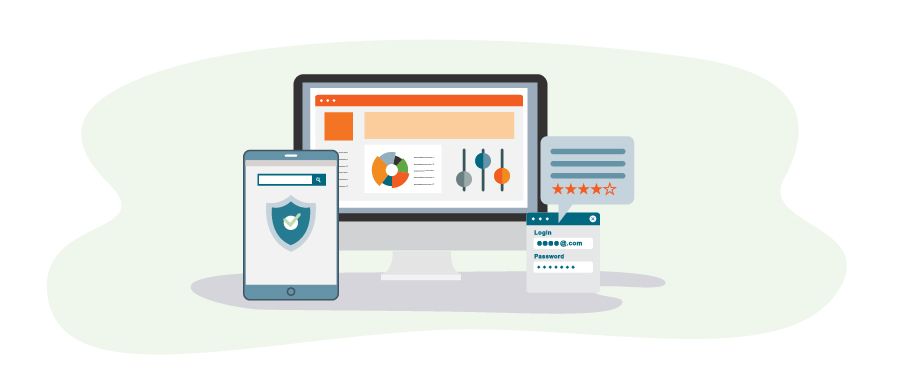
When operating a motor vehicle, it is important to learn the rules of the road. Becoming acquainted with your car’s owners manual can help you understand how it operates and how to maintain it properly. You should keep emergency numbers in hand should an accident or breakdown occur.
Using a smart phone, tablet, laptop, desktop or IoT device is very similar. A user should be responsible in the use of these devices and know how to safely connect online and with other devices. With so many opportunities for vulnerabilities it is important to make sure to secure the settings as best as possible.
- First and foremost, as with any new device, make sure to change the default configuration and login. Failure to do so will enable anyone to access your device, as these defaults are usually discoverable on the manufacturer’s website. Set a strong and unique password.
- Enable a firewall for the device, if possible. A firewall can prevent many attacks from getting through.
- Ensure that all devices are up to date with the latest operating system and patches. This is essential in keeping security patches current.
- Check settings for any peripheral devices you are connecting (e.g., security cameras, printers, baby monitors and other IoT devices). Your network is only as secure as your weakest link.
- Remove or disable unused devices and apps. Outdated software and appliances can create a security leak.
- Be mindful of privacy settings and controls on devices and social media sites. Don’t disclose personal information. Behave appropriately and be a good digital citizen.
You can’t expect to know every safeguard for every digital device, just like you can’t know every detail about your car’s engine. However, maintenance and continued upkeep will ensure that you are vigilant in safeguarding your environment.
